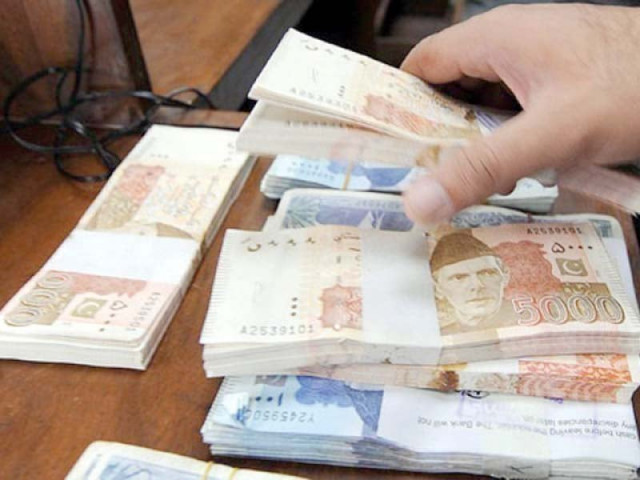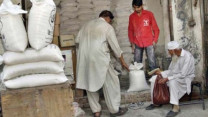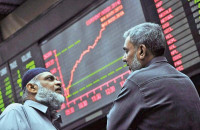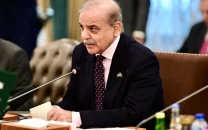Mortgage lending picks up after 2-year decline
SBP data points to cautious recovery as stable macro conditions and lower borrowing costs revive housing loans

Pakistan's mortgage financing is showing a modest rebound in 2025 after two years of decline that hurt housing loan disbursements across the country. Latest data from the State Bank of Pakistan (SBP) shows a gradual increase in outstanding house-building loans for June and July 2025 compared to the same period in 2024, raising cautious optimism for the housing finance market.
According to the SBP, outstanding mortgage loans stood at Rs207,038 million in June 2025, up 1.7% from Rs203,580 million in June 2024. The trend continued into July 2025, when loans rose to Rs208,477 million, an increase of 2.8% over Rs202,796 million in July 2024. These gains mark the first sustained increase in mortgage financing since 2023, suggesting tentative revival in consumer demand and lending activity. The rise comes amid a relatively stable macroeconomic environment. After a period of high inflation and rising interest rates, the SBP adopted a more accommodative monetary stance earlier this year, easing borrowing costs. Improved liquidity in the banking sector also encouraged more consumers to consider financing options for building and buying homes.
Despite the improvement, mortgage lending remains below peak levels. June 2025's figure of Rs207,038 million was still lower than Rs212,315 million in June 2023. Similarly, July 2025's Rs208,477 million lagged behind Rs211,106 million in July 2023. The drop in mortgage financing during 2023 and 2024 was driven largely by rising construction costs, limited affordable housing, and weaker purchasing power under inflationary pressure.
The housing finance market is vital not only to address Pakistan's growing housing shortage but also for its impact on employment and allied industries such as cement, steel, and fixtures. A revival in mortgage lending could stimulate broader economic growth if sustained. Structural challenges, however, persist. Large segments of the population still lack access to formal credit. High interest rates relative to incomes, scarcity of low-cost housing, tough documentation, and low awareness of mortgage products continue to hold back growth. The year 2022 was one of the strongest for housing loan growth, supported by historically low interest rates, government-backed housing schemes, and post-Covid stimulus measures. These policies encouraged both banks and borrowers to expand activity.
Post-pandemic boom in 2021
2021 served as the launchpad for the mortgage market's post-Covid expansion. Outstanding loans rose from Rs87,723 million in January to Rs143,802 million in December, showing growth of more than 63%. Strong month-on-month momentum was visible in Q3 and Q4, with October financing at Rs126,301 million and November at Rs134,308 million. The growth reflected relaxed monetary policy, rising consumer confidence, and robust marketing of mortgage products by banks and specialised housing finance institutions.
In contrast, 2020 was a subdued year for housing finance. Loan disbursements remained weak due to pandemic-related disruptions and uncertainty in property markets. November 2020 recorded Rs83,835 million and December Rs86,184 million, showing cautious lending and limited demand. Still, the groundwork for future growth was laid in 2020. The Monetary Policy Committee of the SBP cut the policy rate by 625 basis points, from 13.25% to 7%, between March and June. This steep cut helped shift policy from stabilisation to growth support, particularly benefiting housing and construction.
HBFC study reflects wider trends
The House Building Finance Company (HBFC) is a specialised housing finance institution. In 2022, HBFC's disbursements peaked at Rs5,103 million, with an average loan size of Rs3.5 million and a non-performing loan (NPL) ratio of 16.03%. However, in 2023, disbursements plunged to Rs637 million as overall market contraction deepened. The following year saw a modest recovery to Rs726 million, but the average loan size surged to Rs6.5 million, suggesting fewer but larger loans. The NPL ratio remained high at 17.97%, underscoring credit risk concerns for lenders.























COMMENTS (1)
Comments are moderated and generally will be posted if they are on-topic and not abusive.
For more information, please see our Comments FAQ